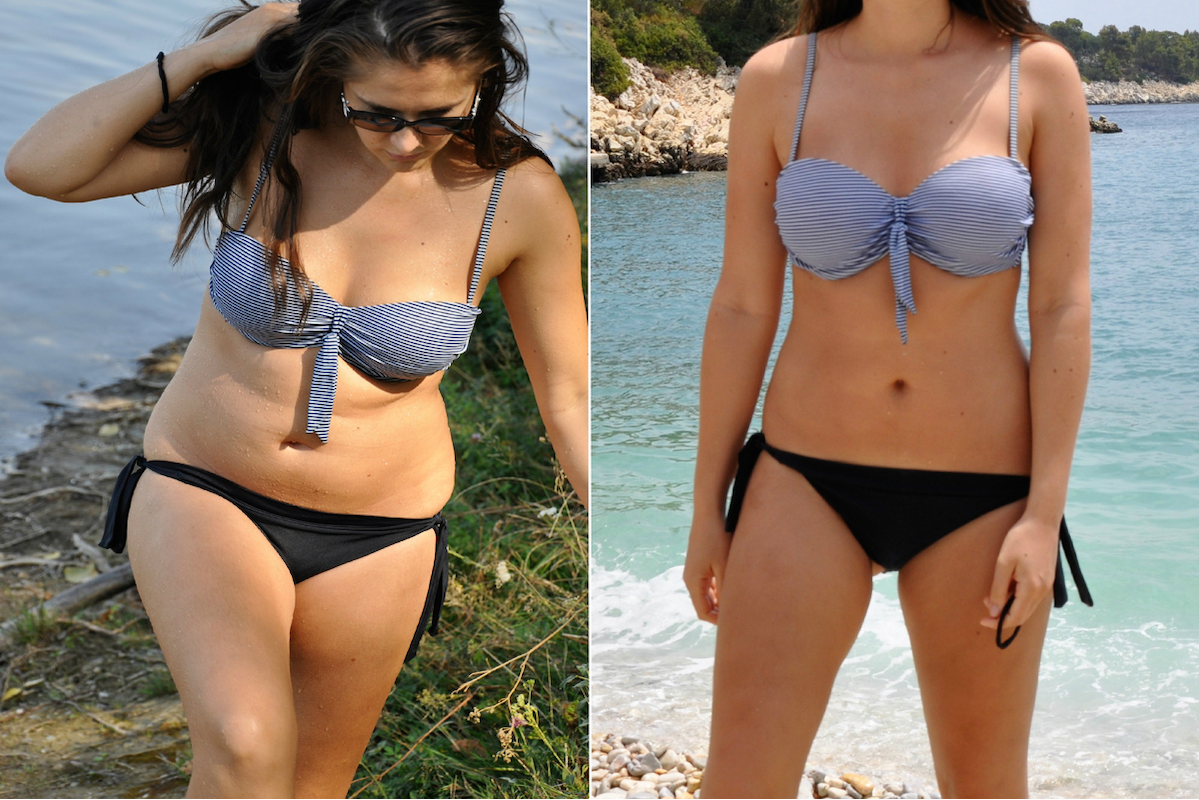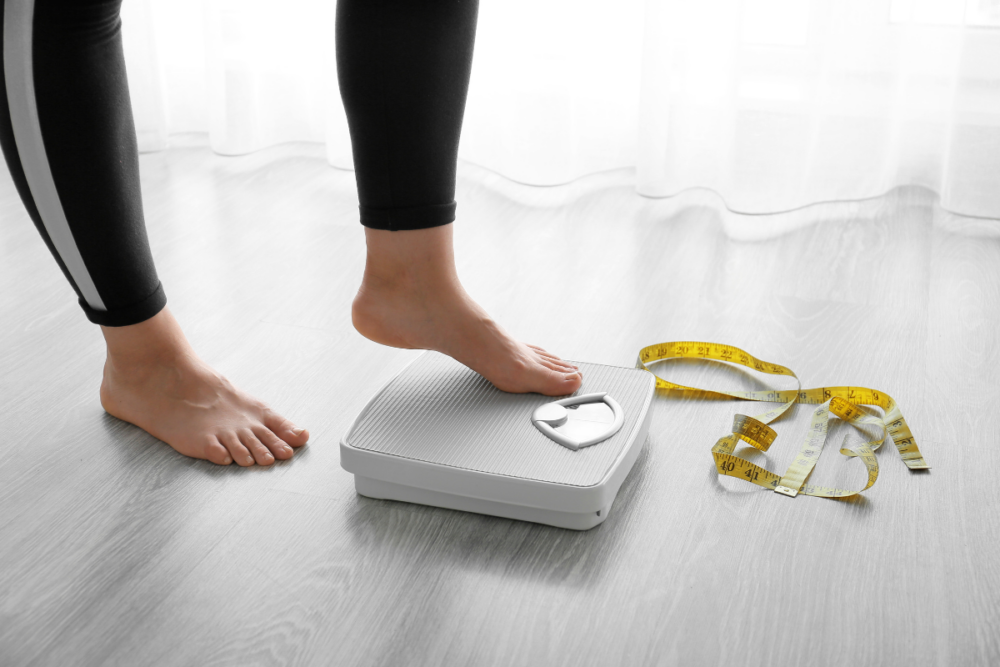How to Lose Weight on a Keto Diet

If you’re wondering how to lose weight on a Keto Diet, you’ve come to the right place!
The problem is that there is SO much misinformation out there about how to lose weight on a keto diet. So, if the reason you’re here looking for accurate information is because you haven’t gotten the results you wanted (i.e.- clothes falling off, bikinis…) it’s probably because someone told you a lie. So, I’m sorry that you’ve been told so many Keto Diet lies, BUT, the good news is you’ve come to the right place to get set straight.
So, let’s start with what exactly is the Keto Diet. The Ketogenic Diet is defined as high fat, moderate protein and low carb. Then there are many variations of the keto diet, especially when it comes to how to lose weight on a keto diet.
As a result of all of the misinformation out there, my number one recommendation is that you approach this on an individual basis. And the reason for that is because all of us are very different on a biochemical level!
So, what is “Biochemical Individuality?” This is something that is not talked about among the thousands of “Keto Experts” or Keto Facebook groups or Ketosis blogs, or you name the place that’s providing you with this Keto MIS-information. These are the problematic keto diet approaches that will not get you the weight loss results you’re looking for.
Defining how YOU need to eat individually, both the ideal foods along with the ideal Macronutrient ratios (or “Macros”), for your individual body and metabolism, is the absolute KEY TO SUCCESS!
As a result, this is the way I’ve been practicing for the last 14 years. I also tried the “one size fits all” approach and had years of yoyo dieting failures. I struggled with weight gain, food cravings, sugar cravings, wanting to reduce huge appetite, moodiness, PMS, and a ton of digestive issues.
So what’s the best way to learn how to lose weight on a keto diet? Well, my biggest tip for you is that “keto diet” food IS real food! Good quality protein (meat, fish, Greek yogurt, organic cottage cheese…). Good fats (avocado, olive oil, ghee, MCT oil, coconut oil, butter; nuts, seeds, pure nut butters. And then you have your low carb veggies such as low glycemic greens. Examples of these are lettuce, spinach, cucumber, celery, cauliflower, broccoli and more. You can do some berries here and there, though I’d recommend waiting a bit to add those in.
So, with labels you want to look at total carbs, sugar as well as ingredients.
A product can say “low carb” or “keto friendly” and still contain amounts of grains or sugar ingredients that will spike insulin. Which is the exact thing you’re trying to avoid.
That all said, if you haven’t already, start by reducing carbs and sugars. And more so focusing on quality proteins and fats.
Carbs should come from a variety of low glycemic veggies as listed above! Adding electrolytes and using sea salt daily on food as well as a pinch or two in your water throughout the day will be very helpful.
Dairy is “OK” though too much can be inflammatory for some people.
Macros are important, though you can ease into them slowly…
This is where the customized approach comes in, which is exactly what I determine with my clients. The exact Macro formula for their body and their metabolism based on hormones, digestion, activity level and training. And much more! CLICK HERE to check out some client success stories 🙂
Because that was a TON of information, I’m going to stop here! If you’re ready to get started and STOP all the guesswork about how to lose weight on a keto diet, CLICK HERE to contact me today!!
Chat soon!

Have questions? Seriously, please don’t hesitate to ask! I know this can be overwhelming. I was in your shoes when I began my own journey!
~ Copyright 2016 Nutrition the Natural Way ~
This information is not to be reproduced in any way, shape or form, without permission, by anyone other than Dani Conway.








